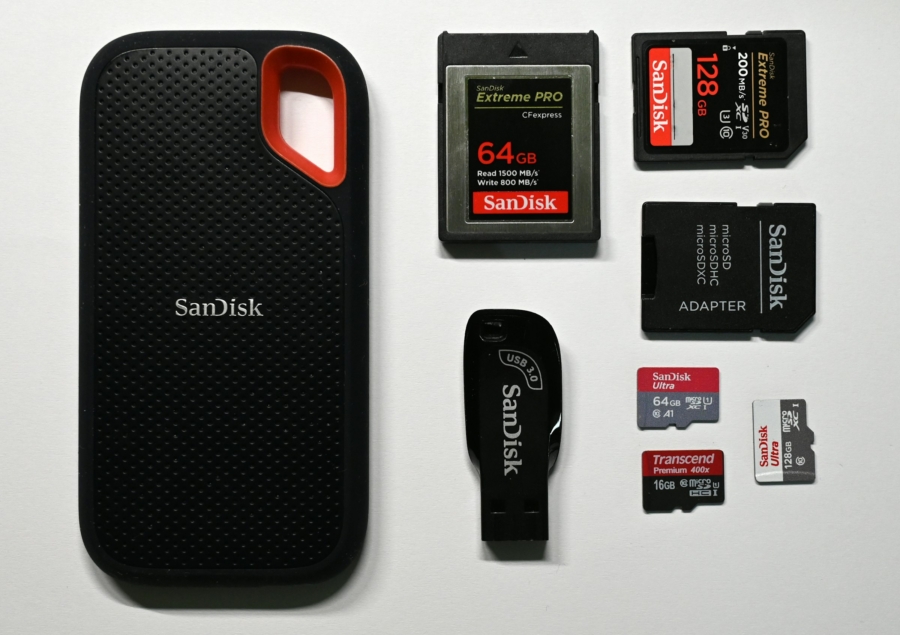App to Create Bootable Disk
While it is possible to use dd command on Unix-like systems to make a bootable disk or installation disk, the method has flaws. And apparently I wasn’t the only one noticing the issue. With larger files, dd can inexplicably fail without much notice. Current USB drives are fast enough that few transferring gigabytes would take mere minutes, but it is an annoyance I would wish to avoid as much as possible.
Before I reveal my go-to app, I want to clarify this isn’t a prank. I genuinely use this app. It’s Raspberry Pi Imager, available for macOS, Windows, and some flavors of Linux. Not only it supports installing Raspberry Pi, it supports any external image files, such as .iso, not to mention it is on GUI with a proper progress bar.
A side note, I do not recommend using the Imager for Windows installation. I had to jump through the some hoops as it failed to find drivers for hardwares; from my experience with previous Windows, I wonder why ‘install OS first then drivers later’ has changed into what it is now. Windows Media Creation Tool has everything completely automated, possibly with basic drivers too. Microsoft doesn’t offer non-Windows version of the tool, which is an odd choice.
There was another contender that I had been thinking, which I won’t even bother to name it. As some of the users have already uncovered some of the suspicious activities behind the development, such as analytics tools that are sending datas of what disks have been created. It’s an odd world we are living in, where obvious problems with obvious and free software solutions can be an entry to one gaping rabbit hole.
